
- October 3, 2025
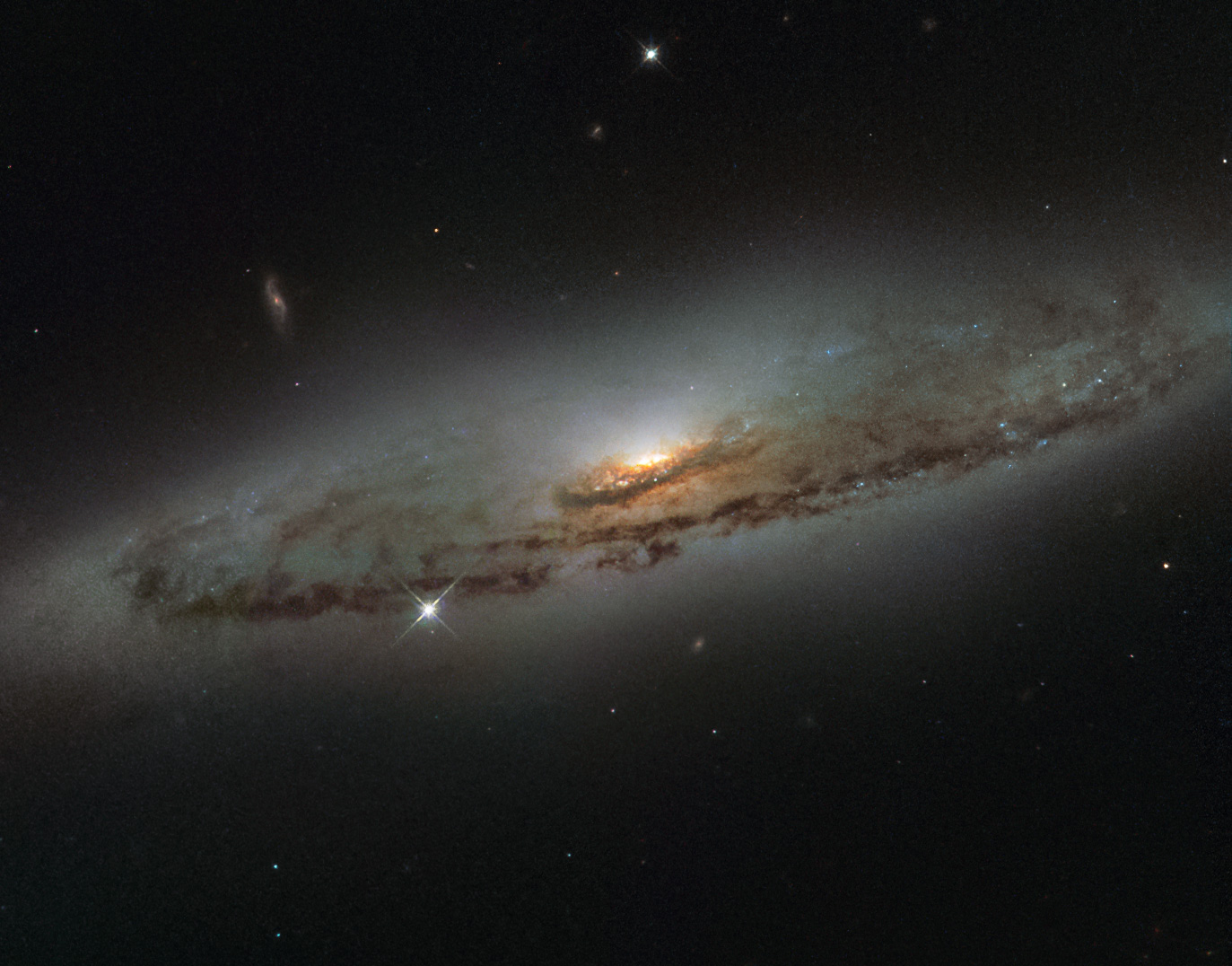
By Jonathan O'Callaghan
Astronomers are spotting a new class of giant black holes that dwarf even the supermassive ones found at the centre of galaxies. Could there be some even more monstrous lurking out there in the darkness of space?
At the centre of our galaxy lives a gargantuan black hole. It is as wide as our Sun but millions of times heavier. Its immense gravitational pull churns the interstellar dust and gas around it. This supermassive black hole is the beating heart of the Milky Way, driving the formation and evolution of our galaxy for its entire 13 billion-year-history, helping to give rise to solar systems like our own. Occasionally, a star wanders too close and is ripped apart, blinking out without a trace of prior existence. It is a terrifying beast, with the power to create and destroy on an epic scale.
Almost every large galaxy has a supermassive black hole at its centre, but in the grand scheme of the Universe, ours – called Sagittarius A* – is a veritable featherweight. Over the past decade, astronomers have discovered black holes much, much larger, known as ultramassive black holes. Some are 1,000 times more massive than Sagittarius A* and large enough to span the entire width of our solar system.
The unparalleled view offered by the James Webb Space Telescope (JWST) is also giving us a new insight into how these behemoths grew at the dawn of time. But there are just as many mysteries – where did they come from, and how big can they really get?
Measuring the size of such enormous and distant objects (which by their very definition cannot be directly observed) is tricky, but we do know some of the largest are astonishingly big. One of the grandest candidates to be discovered to date, known as Ton 618, is found skulking at the middle of a quasar some 18 billion light years from Earth. It is estimated to be 66 billion times the mass of the Sun and is up to 40 times wider than the distance between Neptune and our Sun. The black hole at the centre of a cluster galaxy called Holm 15A was also recently estimated to be around 44 billion times heavier than the Sun, 30 time the Neptune-Sun distance
These are undeniably huge. But some scientists think there could be even larger monsters lurking out there.
“From a theoretical perspective, there’s no limit,” says James Nightingale, an observational cosmologist at Newcastle University in the UK, who in March 2024 discovered an ultramassive black hole that weighed in at 33 billion times the mass of the Sun.

The black holes we know of come in a range of sizes. At their smallest, micro black holes may range down to the size of an atom. Perhaps more familiar are stellar mass black holes, the result of very massive stars collapsing. These range from about three to 50 times the mass of our Sun, but are condensed into an object “about the size of London”, says Julie Hlavacek-Larrondo, an astrophysicist at the University of Montreal in Canada. Intermediate mass black holes form the next group and reach up to about 50,000 times the mass of our Sun, spanning a region of space about the size of the planet Jupiter. Supermassive black holes then stretch up to be millions or billions of times the mass of our Sun.
While there is no strict definition of an ultramassive black hole yet, it’s generally agreed they begin at “10 billion times the mass of the Sun”, says Hlavacek-Larrondo. While in principle there’s no reason a black hole can’t grow to that size, their existence is unexpected given how we currently understand black holes to grow and the relatively young age of the Universe of just 13.7 billion years.
“It’s difficult to build such a massive black hole using traditional methods of feeding,” says Hlavacek-Larrondo, referring to how black holes ingest material from around them due to their gravitational pull. “I don’t think people expected them to [exist].”
If you keep feeding a black hole, in principle it should just keep growing and growing indefinitely, with any object or material that crosses the event horizon causing the black hole to grow in mass.
In practice, the age of the Universe and the rate at which we think black holes grow should limit their size, likely no more than 270 billion solar masses at our current point in time. Some scientists, however, think it’s possible some black holes could have grown much larger, reaching trillions of solar masses in the modern Universe, if they were able to eat material faster than expected. These objects, given the label stupendously large black holes, would have a radius roughly a light-year across. No such objects have yet been found, but we cannot yet rule them out hiding at the centres of some galaxies.
Astronomers spotted the first ultramassive black holes in the early 2010s. Since then, about 100 have been found. In March 2023, Nightingale and his colleagues announced they had spotted a new ultramassive black hole that weighed in at about 33 billion solar masses. They were only able to see it due to the way light from a more distant galaxy was bent around the black hole. “This was a very serendipitous discovery,” says Nightingale.
“They must have been born relatively early in the Universe’s history and then ferociously devoured material”
We cannot see black holes directly because of their very nature – at their boundary, known as the event horizon, gravity becomes so intense that nothing can escape, not even light. So we can only see them if they cast a shadow on surrounding bright material being eaten by the black hole. We can infer their existence more easily, however, by looking at a galaxy and noting the central black hole’s effects. One way is to look for powerful jets fired out from the poles of the black hole. “We still don’t understand exactly how they can form these structures, but they do,” says Hlavacek-Larrondo. These radio jets can extend millions of light-years in length.
Black holes can also produce hot rings of matter that swirl around them, called accretion disks, as they consume material. The material rotates rapidly around the black hole, with the immense gravity causing it to spiral “at about the speed of light”, says Hlavacek-Larrondo. As it falls towards the black hole, the disk of material also emits bright X-rays. The bigger the black hole, the more X-rays and radio waves are produced by the accretion disk and jet respectively.
The physics between ultramassive and smaller black holes is largely the same – fall beyond the event horizon and there is no escape. A larger mass leads to a larger radius for the event horizon. But ultramassive black holes do have an interesting property due to their size.
If you were unfortunate enough to fall into a stellar mass black hole, you would experience something known as spaghettification – your body would be stretched to infinity – because of the difference in gravity between your feet and your head. In an ultramassive black hole, however, the gravitational gradient is much less steep because of it extends so much further out into space, to the point that you’d barely notice falling beyond the event horizon. “Spaghettification would not occur,” says Nightingale. The only thing that would betray your fate would be the warping of starlight around you due to the black hole’s gravity.
Thanks to the power of the JWST, astronomers are now observing further and further away, and so further back in time due to the time it takes light to reach us from distant corners of the Universe. This is allowing them to see galaxies in the first few hundred million years of the Universe’s existence. For such distant black holes to have grown this large, they must have been born relatively early in the Universe’s history and then ferociously devoured material, something that defies much of what we know about the limits on how black holes form. Yet, astronomers are starting to see evidence for exactly this.
Far off in some of the oldest reaches of the Universe we can observe, previously unseen types of galaxies are being revealed by the JWST. Scientists have discovered hundreds of strange, compact galaxies, which shine far more brightly than might be expected, that existed around 600 million years to one billion years after the Big Bang. They have become known as little red dot galaxies due to their colour and size. What is particularly surprising about them is the light they emit, which seems to indicate supermassive black holes are already lurking within them.
Those observations suggest black holes did indeed grow quickly. In our local universe, the large black holes at the centres of galaxies tend to be about 1,000 times smaller than their host galaxy. But JWST is finding black holes that are the same size as their own galaxy right at the dawn of the Universe, suggesting that black holes may have formed first before galaxies grew around them.
Compared to the local universe, these masses are “tens to a few hundred” times larger than we would expect, says Hannah Übler, a cosmologist at the University of Cambridge in the UK. Astronomers refer to these early titans as “overmassive black holes”. It is “really surprising and really puts a challenge to theoretical models to explain how these black holes managed to grow so massive so quickly”, says Übler, who has used JWST to observe these early black holes.

How these black holes grew so quickly is a bit of a mystery, and likely relates to how black holes predominantly formed in the early universe. One idea is that they formed from the death of the first stars in the universe, so-called Population III stars – monsters that were 100 to 1,000 times the mass of our Sun and were made almost entirely of helium and hydrogen. The supernovae – a colossal stellar explosion – of these stars in the final stages of their life released heavier elements into the Universe. These would later give rise to other stars and eventually planets, including our Sun and Earth. But their deaths could also have produced large black holes as material collapsed inwards under gravity.
“The black holes from these stars are more massive than stellar mass black holes,” says Mar Mezcua, an astrophysicist at the Institute of Space Sciences in Spain. “From this, you can grow and have more chance to become supermassive in a short time.”
Another favoured possibility is that the first black holes predominantly formed not from stars but from clouds of gas, known as direct collapse black holes. Usually, these clouds would have formed stars as they condensed under gravity, but if the temperature was high enough, some clouds might not have formed stars but collapsed directly into black holes instead. “These are conditions we do not find in the current universe,” says Mezcua. In the hot, tumultuous conditions of the early Universe, however, it may have been possible, she says.
No Population III stars or direct collapse black holes have been definitively seen yet, so it’s unclear which mechanism – if either – dominated black hole formation in the early Universe.
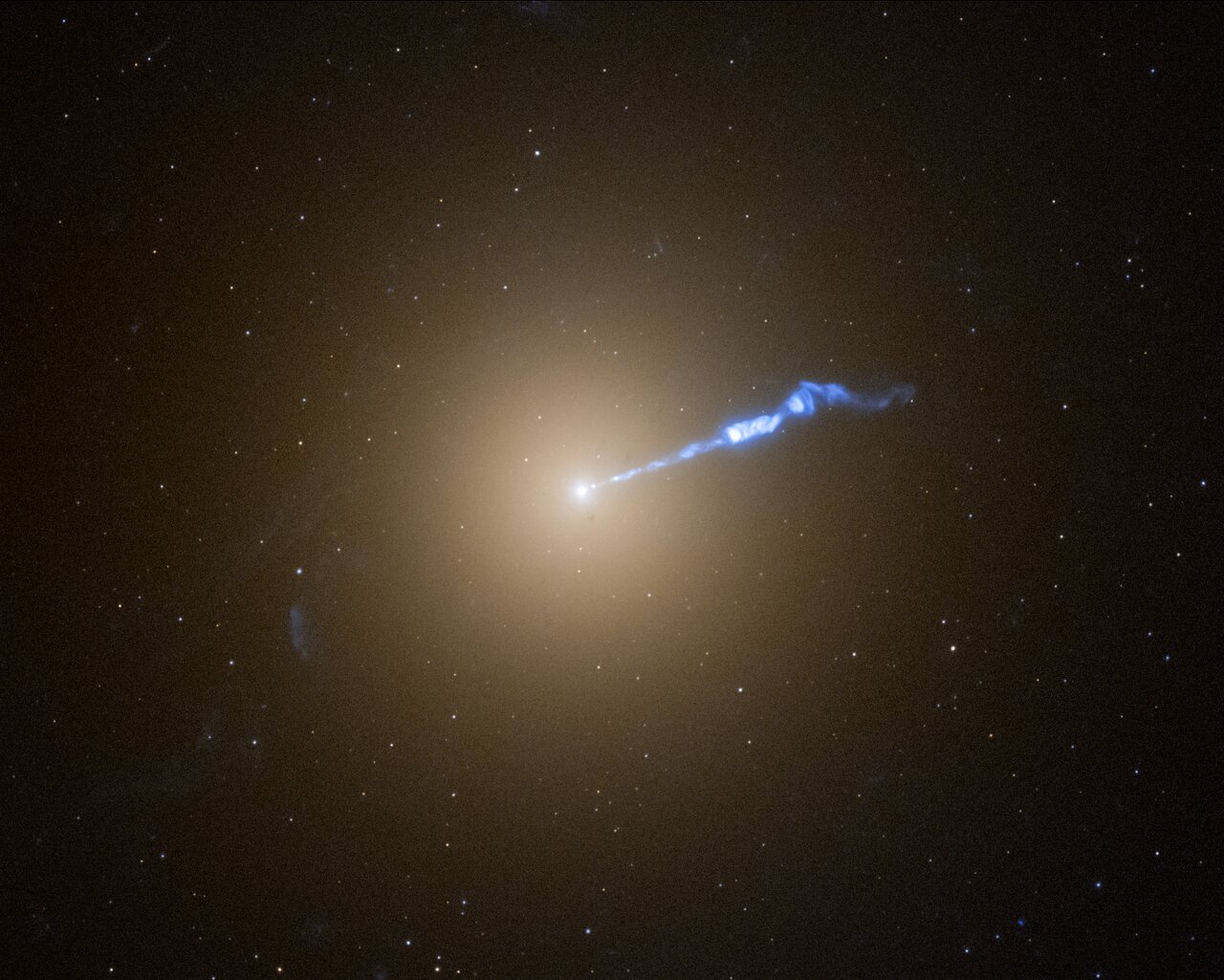
However those black holes formed, they must have developed a way to grow to large sizes fairly quickly. One possibility is that they were created in abundance and merged together to form bigger and bigger black holes, first intermediate mass, then supermassive, and then for some, ultramassive. This would support the idea they originated from Population III stars, because there would have been more of these than direct collapse black holes. “If we find today many intermediate black holes, this would mean they form via Population III mechanisms,” says Mezcua. If astronomers find a few intermediate mass black holes, in places like smaller dwarf galaxies where they might be expected to arise, it could support the direct collapse black hole idea, says Mezcua.
Ultramassive black holes might also have grown quickly by rapidly consuming material in bursts, something JWST has seen evidence for. Astronomers have observed some early galaxies that are bright and active, but others with a large black hole that appears to be dormant, suggesting the latter must already have eaten lots of material before falling into a slumber. “We don’t know how long the cycle would last for,” says Hlavacek-Larrondo. Periods of rapid consumption, however, are likely to be rare, he says. “Maybe 1% of the lifetime of the black hole.”
What remains unclear is exactly how large black holes might be in the modern cosmos. “We have this rough estimate based on the age of the Universe,” says Hlavacek-Larrondo, of around 270 billion solar masses. “But maybe the Universe will surprise us.”
Source: BBC




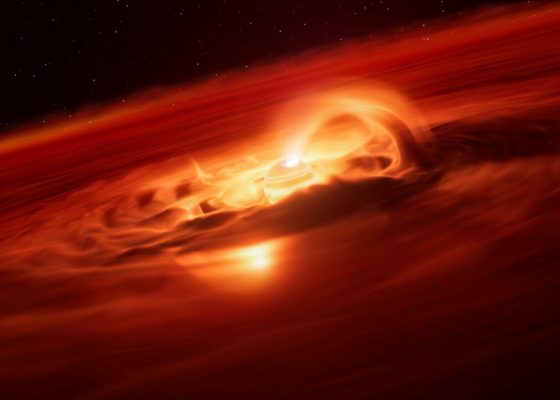


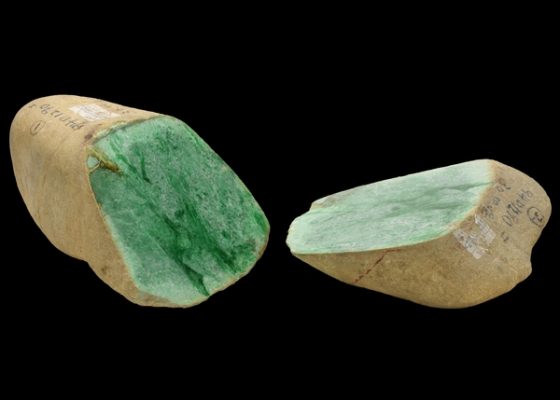


Cancel anytime


Using our website
You may use the The Middle Land website subject to the Terms and Conditions set out on this page. Visit this page regularly to check the latest Terms and Conditions. Access and use of this site constitutes your acceptance of the Terms and Conditions in-force at the time of use.
Intellectual property
Names, images and logos displayed on this site that identify The Middle Land are the intellectual property of New San Cai Inc. Copying any of this material is not permitted without prior written approval from the owner of the relevant intellectual property rights.
Requests for such approval should be directed to the competition committee.
Please provide details of your intended use of the relevant material and include your contact details including name, address, telephone number, fax number and email.
Linking policy
You do not have to ask permission to link directly to pages hosted on this website. However, we do not permit our pages to be loaded directly into frames on your website. Our pages must load into the user’s entire window.
The Middle Land is not responsible for the contents or reliability of any site to which it is hyperlinked and does not necessarily endorse the views expressed within them. Linking to or from this site should not be taken as endorsement of any kind. We cannot guarantee that these links will work all the time and have no control over the availability of the linked pages.
Submissions
All information, data, text, graphics or any other materials whatsoever uploaded or transmitted by you is your sole responsibility. This means that you are entirely responsible for all content you upload, post, email or otherwise transmit to the The Middle Land website.
Virus protection
We make every effort to check and test material at all stages of production. It is always recommended to run an anti-virus program on all material downloaded from the Internet. We cannot accept any responsibility for any loss, disruption or damage to your data or computer system, which may occur while using material derived from this website.
Disclaimer
The website is provided ‘as is’, without any representation or endorsement made, and without warranty of any kind whether express or implied.
Your use of any information or materials on this website is entirely at your own risk, for which we shall not be liable. It is your responsibility to ensure any products, services or information available through this website meet your specific requirements.
We do not warrant the operation of this site will be uninterrupted or error free, that defects will be corrected, or that this site or the server that makes it available are free of viruses or represent the full functionality, accuracy and reliability of the materials. In no event will we be liable for any loss or damage including, without limitation, loss of profits, indirect or consequential loss or damage, or any loss or damages whatsoever arising from the use, or loss of data, arising out of – or in connection with – the use of this website.
Last Updated: September 11, 2024
New San Cai Inc. (hereinafter “The Middle Land,” “we,” “us,” or “our”) owns and operates www.themiddleland.com, its affiliated websites and applications (our “Sites”), and provides related products, services, newsletters, and other offerings (together with the Sites, our “Services”) to art lovers and visitors around the world.
This Privacy Policy (the “Policy”) is intended to provide you with information on how we collect, use, and share your personal data. We process personal data from visitors of our Sites, users of our Services, readers or bloggers (collectively, “you” or “your”). Personal data is any information about you. This Policy also describes your choices regarding use, access, and correction of your personal information.
If after reading this Policy you have additional questions or would like further information, please email at middleland@protonmail.com.
PERSONAL DATA WE COLLECT AND HOW WE USE IT
We collect and process personal data only for lawful reasons, such as our legitimate business interests, your consent, or to fulfill our legal or contractual obligations.
Information You Provide to Us
Most of the information Join Talents collects is provided by you voluntarily while using our Services. We do not request highly sensitive data, such as health or medical information, racial or ethnic origin, political opinions, religious or philosophical beliefs, trade union membership, etc. and we ask that you refrain from sending us any such information.
Here are the types of personal data that you voluntarily provide to us:
As a registered users or customers, you may ask us to review or retrieve emails sent to your business. We will access these emails to provide these services for you.
We use the personal data you provide to us for the following business purposes:
Information Obtained from Third-Party Sources
We collect and publish biographical and other information about users, which we use to promote the articles and our bloggers who use our sites. If you provide personal information about others, or if others give us your information, we will only use that information for the specific reason for which it was provided.
Information We Collect by Automated Means
Log Files
The site uses your IP address to help diagnose server problems, and to administer our website. We use your IP addresses to analyze trends and gather broad demographic information for aggregate use.
Every time you access our Site, some data is temporarily stored and processed in a log file, such as your IP addresses, the browser types, the operating systems, the recalled page, or the date and time of the recall. This data is only evaluated for statistical purposes, such as to help us diagnose problems with our servers, to administer our sites, or to improve our Services.
Do Not Track
Your browser or device may include “Do Not Track” functionality. Our information collection and disclosure practices, and the choices that we provide to customers, will continue to operate as described in this Privacy Policy, whether or not a “Do Not Track” signal is received.
HOW WE SHARE YOUR INFORMATION
We may share your personal data with third parties only in the ways that are described in this Privacy Policy. We do not sell, rent, or lease your personal data to third parties, and We does not transfer your personal data to third parties for their direct marketing purposes.
We may share your personal data with third parties as follows:
There may be other instances where we share your personal data with third parties based on your consent.
HOW WE STORE AND SECURE YOUR INFORMATION
We retain your information for as long as your account is active or as needed to provide you Services. If you wish to cancel your account, please contact us middleland@protonmail.com. We will retain and use your personal data as necessary to comply with legal obligations, resolve disputes, and enforce our agreements.
All you and our data are stored in the server in the United States, we do not sales or transfer your personal data to the third party. All information you provide is stored on a secure server, and we generally accepted industry standards to protect the personal data we process both during transmission and once received.
YOUR RIGHTS/OPT OUT
You may correct, update, amend, delete/remove, or deactivate your account and personal data by making the change on your Blog on www.themiddleland.com or by emailing middleland@protonmail.com. We will respond to your request within a reasonable timeframe.
You may choose to stop receiving Join Talents newsletters or marketing emails at any time by following the unsubscribe instructions included in those communications, or you can email us at middleland@protonmail.com
LINKS TO OTHER WEBSITES
The Middle Land include links to other websites whose privacy practices may differ from that of ours. If you submit personal data to any of those sites, your information is governed by their privacy statements. We encourage you to carefully read the Privacy Policy of any website you visit.
NOTE TO PARENTS OR GUARDIANS
Our Services are not intended for use by children, and we do not knowingly or intentionally solicit data from or market to children under the age of 18. We reserve the right to delete the child’s information and the child’s registration on the Sites.
PRIVACY POLICY CHANGES
We may update this Privacy Policy to reflect changes to our personal data processing practices. If any material changes are made, we will notify you on the Sites prior to the change becoming effective. You are encouraged to periodically review this Policy.
HOW TO CONTACT US
If you have any questions about our Privacy Policy, please email middleland@protonmail.com
The Michelin brothers created the guide, which included information like maps, car mechanics listings, hotels and petrol stations across France to spur demand.
The guide began to award stars to fine dining restaurants in 1926.
At first, they offered just one star, the concept was expanded in 1931 to include one, two and three stars. One star establishments represent a “very good restaurant in its category”. Two honour “excellent cooking, worth a detour” and three reward “exceptional cuisine, worth a
Thank you for your participation,
please Log in or Sign up to Vote
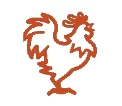
123Sign in to your account